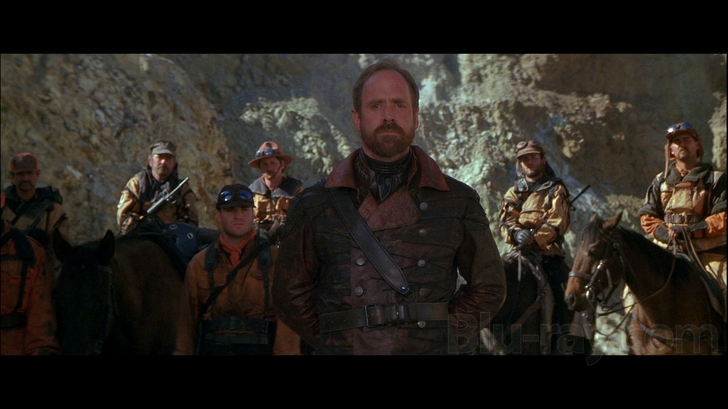This is probably why math teachers have a tendency to ignore the underlying concepts and jump straight to "two negatives in a row make a positive." **cough cough Nix the Tricks cough Section 2.3 cough**
As a result, I try to use analogies to explain this concept. Normally, I use money. My students over the last few years responded very well to the idea that positive numbers represent money that you have while negative numbers represent money that you owe. This usually works pretty well until we get to the idea of subtracting a negative. Then the analogy falls apart because I end up using phrases like "If you have 5 dollars and you take away a debt of 4 dollars..." Then I'm trying to get that sentence to make sense and it's an issue of confusion and grammar and monetary policy.
Today, we digged holes!
 |
| "You digged holes... Well, now you're going to fill them." |
Me: "Imagine a pile of dirt that's 1 foot high. What would be the opposite of that?"
S: "A hole?"
Me: "How deep would the hole have to be for it to be an opposite?
S: "1 foot, if the pile is 1 foot."
Me: "Alright, so let's say you have a hole that's 1 foot deep and a pile that's 1 foot high. What could you do with them?"
S: "I guess you could put them together."
Me: "And if you did? What would happen?"
S: "The hole would fill up and you'd get nothing."
Me: "So let's say you have a bunch of holes and a bunch of piles."
S: "You should fill the holes with the piles and see what's left."
So we looked at the expression -14 - (-18).
Me: "What does that negative 14 mean?"
S: "That we have 14 holes. The minus is the middle means 'take-away'."
Me: "So what are we "taking away from our 14 holes?"
S: "We're gonna take away 18 holes. But we don't have enough holes to take away, we only have 14."
Me: "So, is there another way to get rid of holes?"
S: "We could add piles."
Me: "What are you saying?"
S: "Adding a pile would be the same as taking away a hole because to take away a hole, you need a pile. So if we start with 14 holes and then have 18 piles, 14 of those piles will fill in the holes."
Me: "Keep going."
S: "Then we will be left with 4 piles."
The idea of difference in heights (What's the difference between a mountain that 10,000 ft tall and a valley that's 500 ft deep?) was a bit more elusive, but we worked on it.
By the time 8th period came around, it occurred to me that mountains are just very big piles and valleys are just very deep holes.
Of course, I had to draw someone falling from a mountain into a valley...
In 8th period, a group of very loud boys gathered together and were arguing about who the one kid liked and how that girl used to go with this other guy and ...
I was listening to their conversation, getting more frustrated with them being off task when their discussion suddenly was on task and they were arguing about the math in their assignment.
It was an important reminder for me to see that students are able to multitask. Just because they work in different ways than I do that doesn't mean they aren't working.
I was very proud of them and I made sure to tell them so.


I really like this idea! It's more intuitive for them than the human number line that I've tried out - if you're adding you face the positive numbers, subtracting you face the negative numbers, then if it's a positive number you step forwards and if it's a negative number you step backwards. So subtracting a negative takes you in the same direction as adding a positive.
ReplyDeleteThanks! After reading this comment, I looked around my room to think about where I could put a human number line because I WANT ONE!!! I don't know if I have the room without a complete rearrangement, but I'm certainly going to think about it!
DeleteAs always Justin. Well done. I think this is one of the best contextualizations for positive and negative integers that I've seen. The only other one I can think of that I've liked is using hot (positive) and cold (negative) addition and subtraction.
ReplyDeletehttps://www.teachingchannel.org/videos/teaching-subtracting-integers
I'm reminded of my high school physics teacher enlightening me and my classmates to the concept that there is no such thing as making more cold (just removing heat). Keep it up as always Justin, I'm going to start getting the middle school teachers from @PUHSD in on your chat soon hopefully.
THAT is a cool concept! (hehe...'cool')
DeleteI can't wait to talk with your middle school teachers! Let me know if I can help you bring them into the fold!
Great idea! Have you heard of Elizabeth Stratmore's "boot camp" for integer operations? She made a game for it. I think you would like it!
ReplyDelete